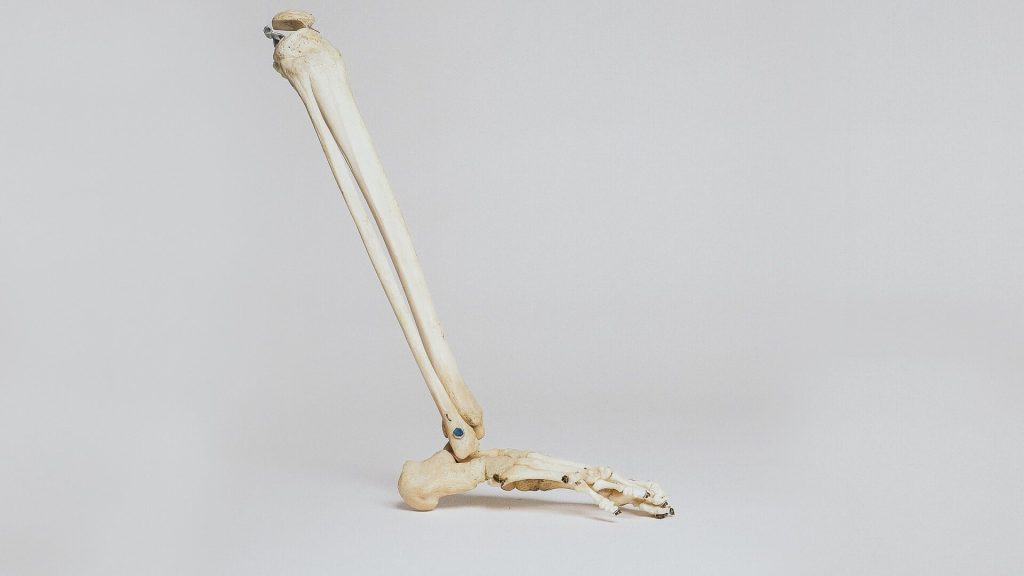
Sometimes you have to take a step backward to move forward. Or, in the case of patients recovering from ACL reconstruction, a hop backward may help them know if they are ready to return to the field of play.
A University of Kansas researcher is leading studies examining how single leg backward hopping can help determine recovery progress of patients who have had the anterior cruciate ligament of the knee reconstructed. Initial studies have shown backward hopping distance can tell practitioners, therapists and researchers about strength, force and recovery in the affected joint.
Research so far has shown that backwards hopping it is an effective way of measuring the strength of a person’s knee function and quadriceps strength. And unlike some commonly used measures like vertical jump, it does not take additional equipment to measure – simply a floor and tape measure.
“The goal is to help practitioners have an easy way to measure where people are after an ACL injury and during recovery,” said Yu Song, assistant professor of health, sport & exercise sciences at KU and lead author of the study. “One of the most common ways to measure recovery now is forward hopping distance. However, studies reported that the forward hopping distance masked the real knee recovery status. We want to be able to evaluate more closely with more exact measures.”
For the study, researchers recruited participants who have not suffered ACL injuries in order to initiate the first step of using backward hopping to measure the knee function and quadriceps strength deficits. To simulate a reconstructed ACL, participants performed single leg backwards hops both before and after their quadriceps muscle were fatigued through exercise on one leg. Those in the study stood on a force plate, a device that can measure the amount of force exerted, when performing the hops.
Hip, knee and ankle mechanics were measured in all three movements. Knee mechanics showed significant decrease in all three after fatigue, only in the fatigued leg. Backward hopping distances showed the most significant change, as participants were only able to hop at about 84% of their pre-fatigue force and distance. Subjects were able to perform at more than 90% of their pre-fatigue measures in other hops.
“The knee contribution is very small, especially compared to the hip in forward hops,” Song said. “That is not the case in backward hopping, the knee work is significantly greater (two times) in that motion.”
Single leg backward hopping recorded the greatest peak knee torque, peak knee power and knee work compared to forward and vertical hopping. The fact that backward hopping showed such stark difference in the knee indicates that it could likely be at least an equal, if not superior, method of measuring quadriceps strength deficiency in people recovering from ACL reconstruction, Song said.
The study was published in the Journal of Sport and Health Science.
The results warrant further study with individuals who are recovering from ACL construction. Work is underway to recruit patients doing rehabilitation from the injury to take part in further studies. That research could help further validate single leg backward hopping as a measure of where they are at in recovery and ultimately, help patients and medical practitioners partner for better recovery and a quicker, safe return to the field of play.
And while hopping from one leg backward may not sound intuitive, it could indeed be the key to a step forward.
“People may not think of knee function or hopping backward as a natural part of movement, but people do use backward direction, such as walking backwards regularly in rehab,” Song said. “Single-leg hopping is something we want to better understand and have found it can significantly and accurately tell us about knee strength.”
Source: The University of Kansas

